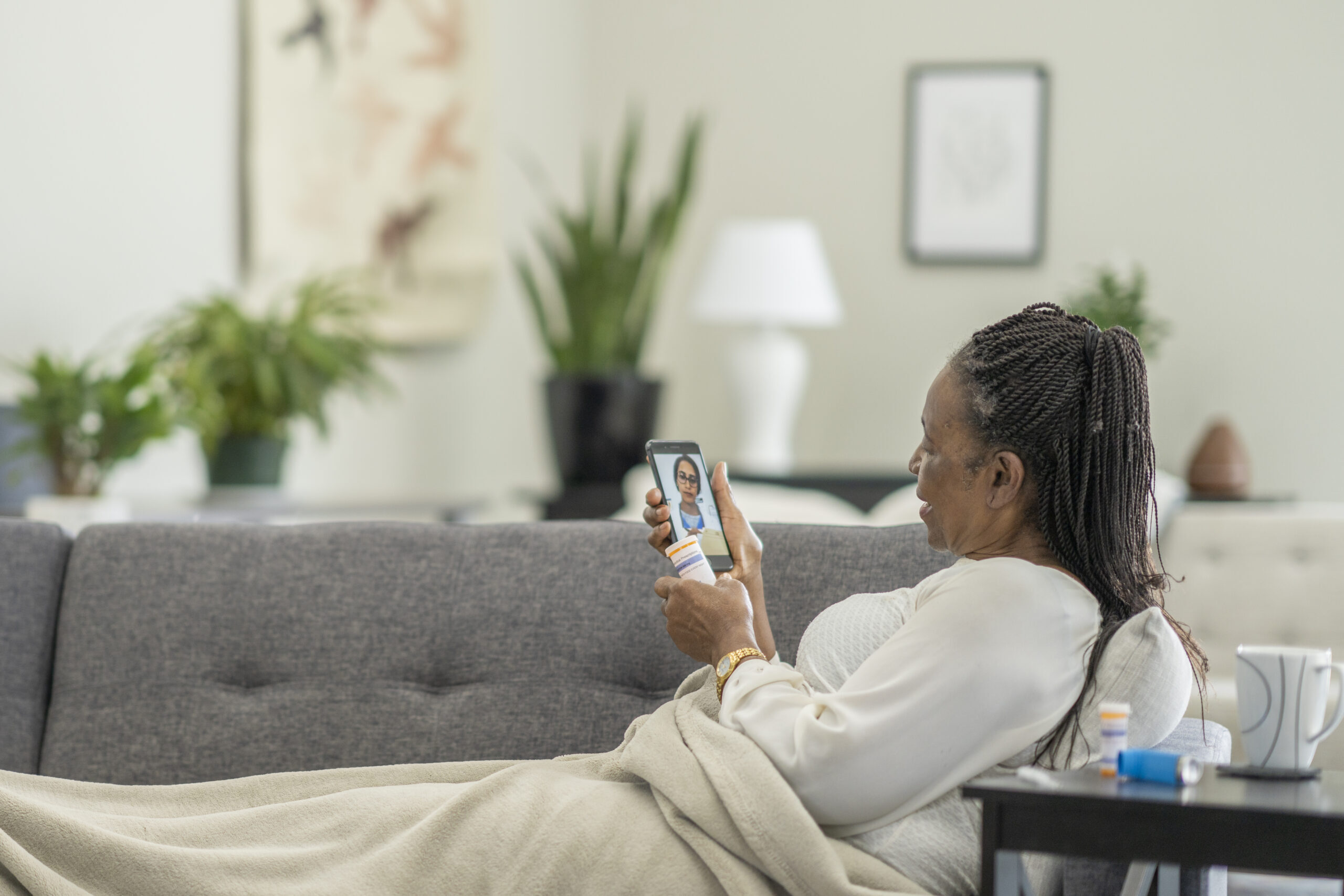ICYMI: Report Finds Seven-in-Ten Consumers Say Telehealth Visits Better or Comparable to In-Person Visits
CVS Health Trends Report Finds 40 Percent of Consumers Received Virtual Care In The Past Year as Access to Telehealth Becomes Increasingly Critical
In case you missed it, CVS Health’s Fall 2022 Health Trends Report provides new data on the growth of telehealth and the value patients are realizing from access to virtual care.
According to CVS Health, 40 percent of consumers received care through telehealth in the past year and more than seven in 10 consumers think that virtual visits are better than or similar to in-person visits.
Consumers attribute this to the speed, safety, and convenience virtual care offers. This also holds true for baby boomers, 64 percent of whom say “digital tools make health care less stressful.” Physicians agree, with 62 percent noting “patients are happier with a virtual care option.”
“Patients and consumers expect to receive care in the digital or in-person channel they prefer,” Sree Chaguturu, M.D., executive vice president and chief medical officer for CVS Health, said.
As the report explains, the pandemic resulted in the rapid expansion of telehealth. In 2019, there were less than one million telehealth visits among Medicare beneficiaries. In 2020, there were nearly 53 million virtual visits among Medicare beneficiaries, and patients increasingly rely on access to this critical form of care, with approximately 11 percent of provider visits being held virtually in 2022.
The report highlights how telehealth has increased access to care for patients who may face financial uncertainty, like those on Medicaid.
“Our Medicaid members increased their use of virtual care substantially during the COVID-19 shutdowns,” Kelly Munson, president of Aetna Medicaid, said. “For example, before March 2020, 3% of our members had at least one virtual care visit. During the pandemic this increased to 17% of our membership and has decreased slightly over the past year, but still notably higher than before the pandemic.”
“Nearly two-thirds of the adult Medicaid population is working,” Munson adds. “With virtual care, there’s much greater flexibility to fit health care into their work schedules. During a break, for instance, they can go to their car or some other private place and use a smartphone to connect with their provider.”
The Health Trends Report also underscores how telehealth has become an increasingly vital tool for access to mental and behavioral health care. In 2021, CVS Health provided 10 million virtual mental health care visits, compared to just 20,000 in 2019.
“Once people had their first experience, they found the care to be quite good,” said Taft Parsons III, MD, Chief Psychiatric Officer for CVS Health, “And they liked not having to travel to an appointment and sit in a waiting room.”
While Congress recently took a major step toward protecting access to virtual care by extending telehealth protections until the end of 2024, additional solutions are needed to permanently safeguard access to telehealth for millions of patients.
Read the full report HERE.
Learn more about how Congress can act to permanently protect telehealth access HERE.
ABOUT TELEHEALTH ACCESS FOR AMERICA
Telehealth Access for America (TAFA) is a public education campaign supported by leaders in health care committed to better care, expanded patient choice, and protecting access to critical telehealth services. Learn more and take action today at www.telehealthaccessforamerica.org.

